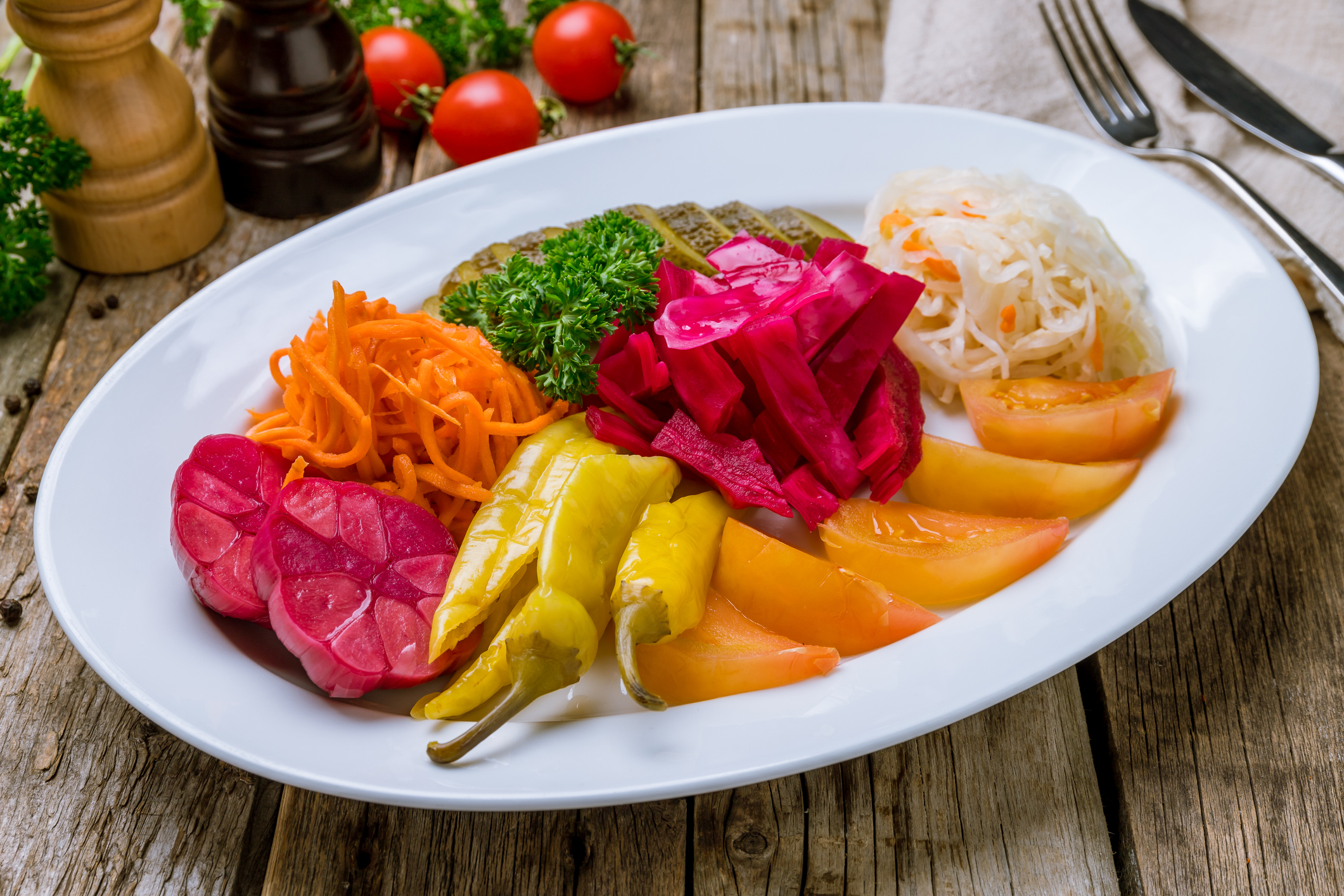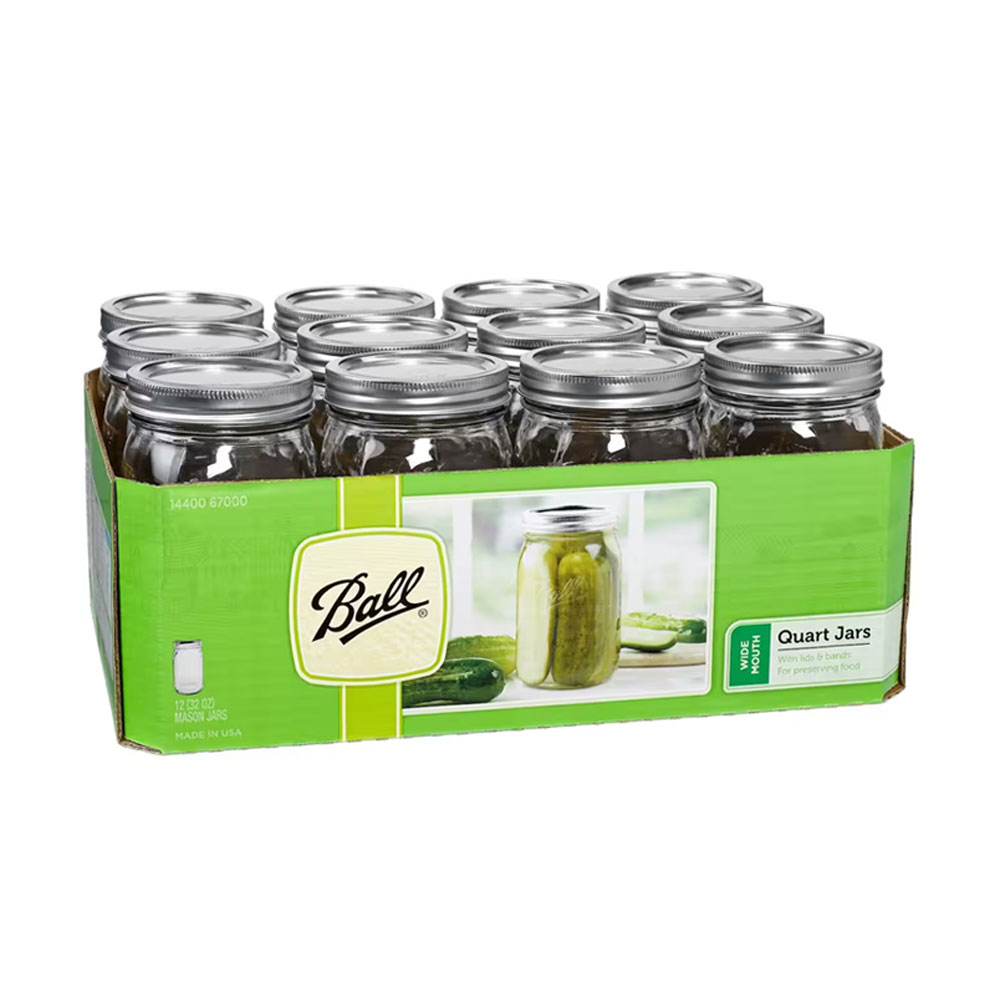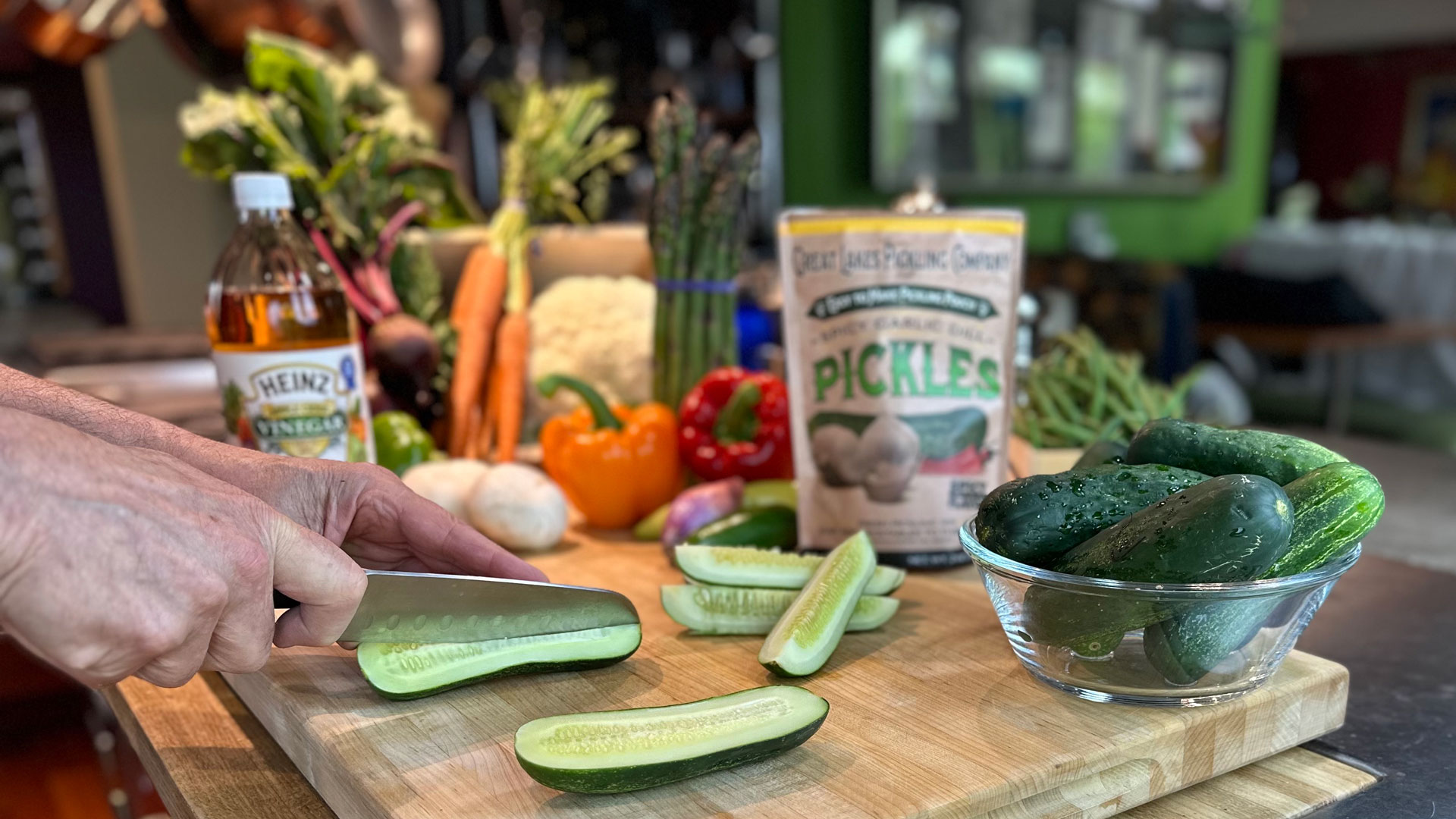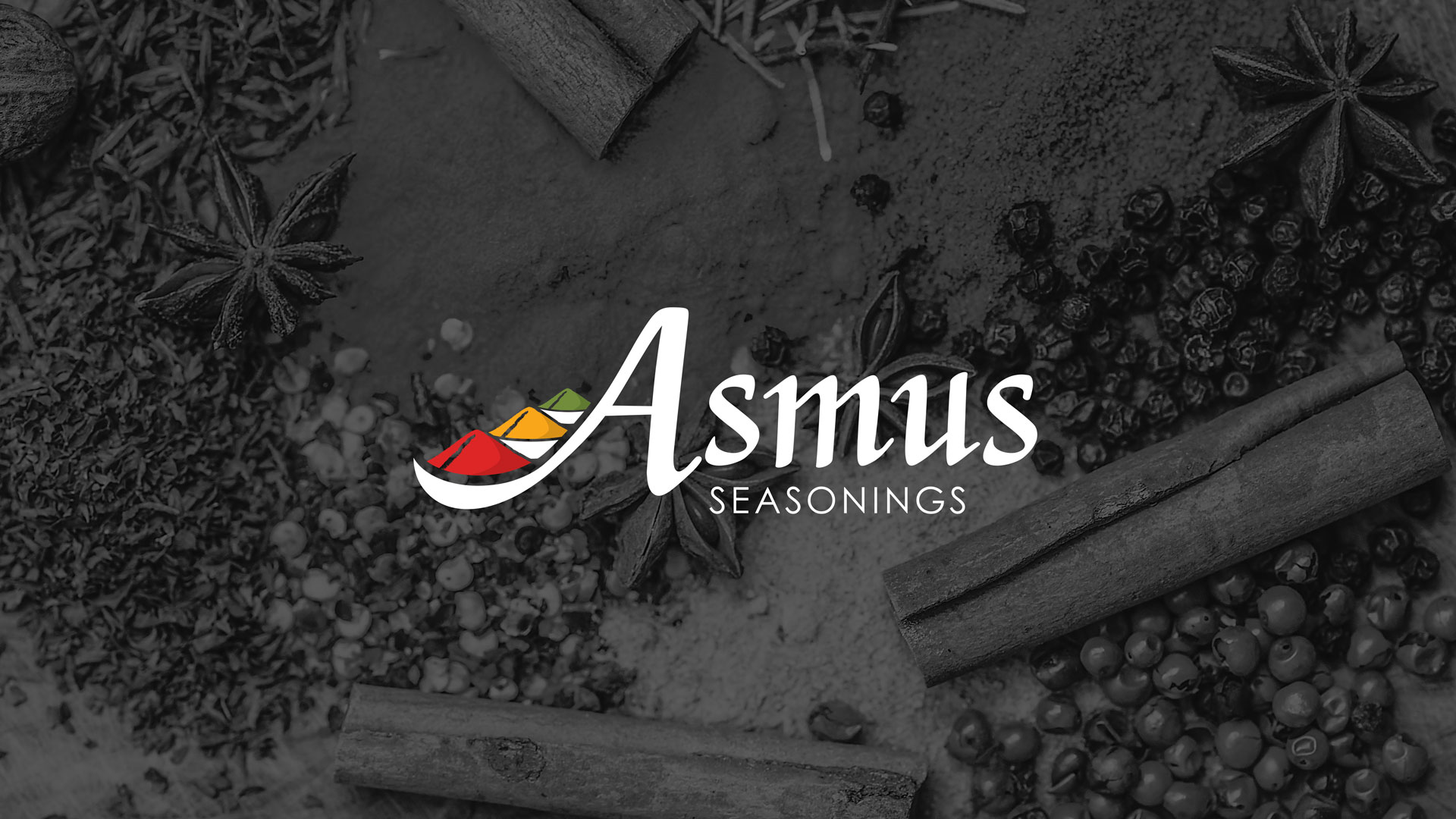With a bullet!
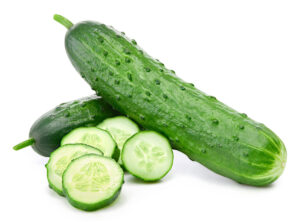
But the B-side of that hit are some of the BEST tasting vegetable medleys of all time.

Combining multiple vegetables within one of the Great Lakes Pickling Pouches is surely simple enough. There are however some considerations you should take into account to ensure that your final outcome
Generally, these are a few of the things you should think about as you construct your composition.
Flavor compatibility
There will be some melding of flavors, which is a natural occurrence while the brining is doing its thing. Do all of your choices work well together? In other words, would you choose these same vegetables to be in a vegetable soup you’re making?
Texture compatibility
Some vegetables are very soft, cucumbers for instance. Others are very hard, woody, or have a very firm cellular structure, think of carrots, sweet corn, or turnips. And some, like broccoli, often break down and create bits and pieces. If you wish to combine vegetables with different structures, you can by doing one of two things. 1). Gently blanch the harder vegetables before pickling to slightly soften them, OR, cut them in smaller or in shapes to expose more of their surface area. This will ensure all of the vegetables have a similar texture once they are fully brined. For some additional guidance on this, please see our reference guide on Pickling Vegetables.
Color combinations
Combining vegetables with contrasting colors creates both an attractive and eye-catching presentation on a relish tray, but also gives you a variety of flavor choices. Consider equal amounts of green, orange, red, yellow, and white, Bell peppers come in an amazing variety of colors and are always a popular choice.
Potential color bleeds
Unfortunately, some vegetables just can’t seem to keep their colors to themselves. The biggest culprit is the beet. Regardless of whether you blanch them first, beets will stain any colorful mixture of vegetables to an unattractive mauve/reddish-purple. Beets are wonderful but it’s best not to invite them to a vegetable medley party.
Final intended use
Quite simply, if you’re intended final use is a condiment or pickled crudité platter. Bigger is better. Spears, whole baby carrots, and pieces at least 1 inch in size are preferable. On the other hand, if used as a relish, you’ll want the pieces chopped into sizes between ¼” and 3/8” at the most. Our recipe for Giardiniera is a good example.
To get you started, here are a couple of Vegetable Medley options.
Any of the Great Lakes Pickling Pickle Pouches can be used. Pick your pouch, pick your medley…and GO!

Medley #1
- Cauliflower Florettes (Blanching Optional)
- Baby Carrots (Blanching Optional)
- Red Bell Peppers (Blanching Optional)
- Asparagus Spears (Blanching Optional)
- Yellow Squash
- Red Onion
Medley #2
- Yellow Waxed Beans (Blanching Optional)
- Green Beans (Blanching Optional)
- Red Bell Pepper (Blanching Optional)
- Pearl Onions (Blanching Optional)
- Baby Carrots (Blanching Optional)
- Small White Mushrooms
- Grape Tomatoes

